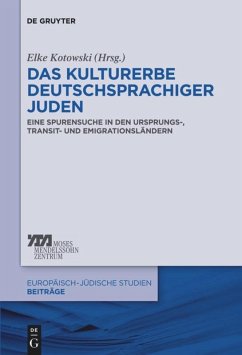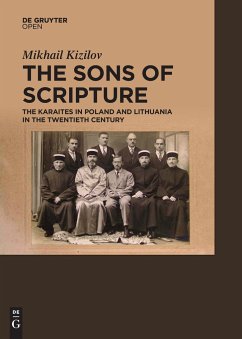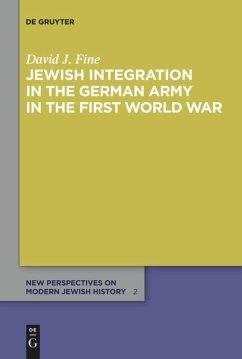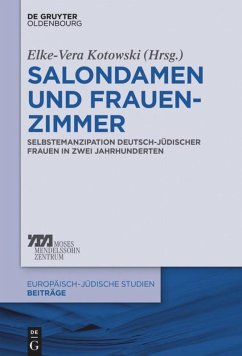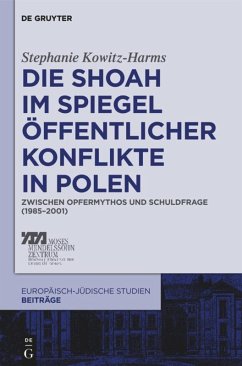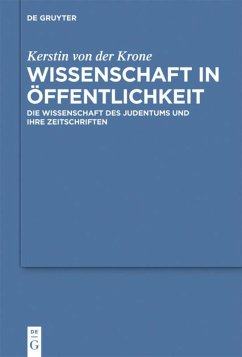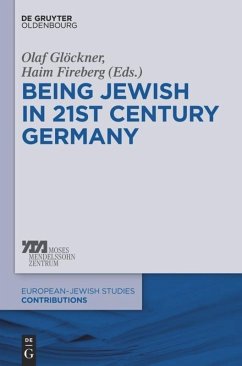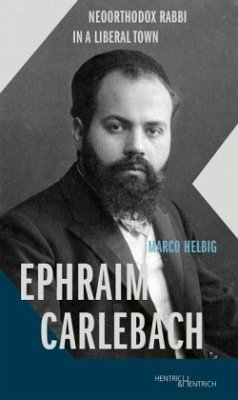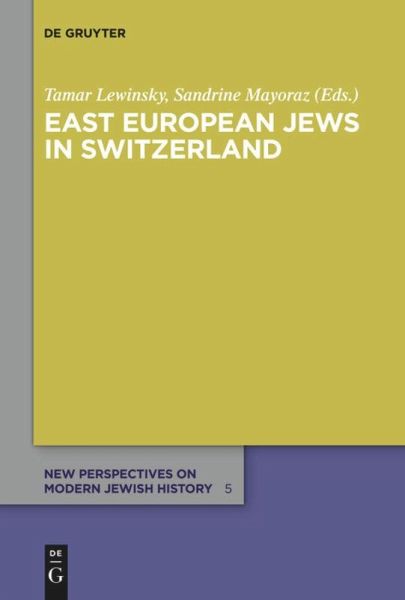
East European Jews in Switzerland
Versandkostenfrei!
Versandfertig in 6-10 Tagen
95,99 €
inkl. MwSt.

PAYBACK Punkte
48 °P sammeln!
During the era of Jewish mass migration from Eastern Europe (from the 1880s until the First World War), Switzerland played an important role in absorbing immigrants. Though located at the periphery of the main migration routes, the federal state with its liberal policies on foreigners became a key destination for students, revolutionaries, and travelers. The micro-studies and more general papers of this volume approach the topic in its transnational, local, linguistic, gendered, and ideological dimensions and from various disciplinary angles. They interweave and facilitate a novel take on the ...
During the era of Jewish mass migration from Eastern Europe (from the 1880s until the First World War), Switzerland played an important role in absorbing immigrants. Though located at the periphery of the main migration routes, the federal state with its liberal policies on foreigners became a key destination for students, revolutionaries, and travelers. The micro-studies and more general papers of this volume approach the topic in its transnational, local, linguistic, gendered, and ideological dimensions and from various disciplinary angles. They interweave and facilitate a novel take on the transitory spatial history and the Lebenswelt of East European Jews in Switzerland. Topics of this volume range - among others - from the location of Switzerland on the map of East European Jewish politics (Bundism, Socialism, Yiddishism, Zionism), conflicting performative cultures of Jewish and Russian revolutionaries, the Swiss Lehr- and Wanderjahre of the Jewish public intellectual Meir Wiener, the impact of Geneva on the Zionist Hebrew writer Ben Ami, the Russian-Jewish students' colonies in Berne and Zurich and questions of individuals' integration and acculturation.





